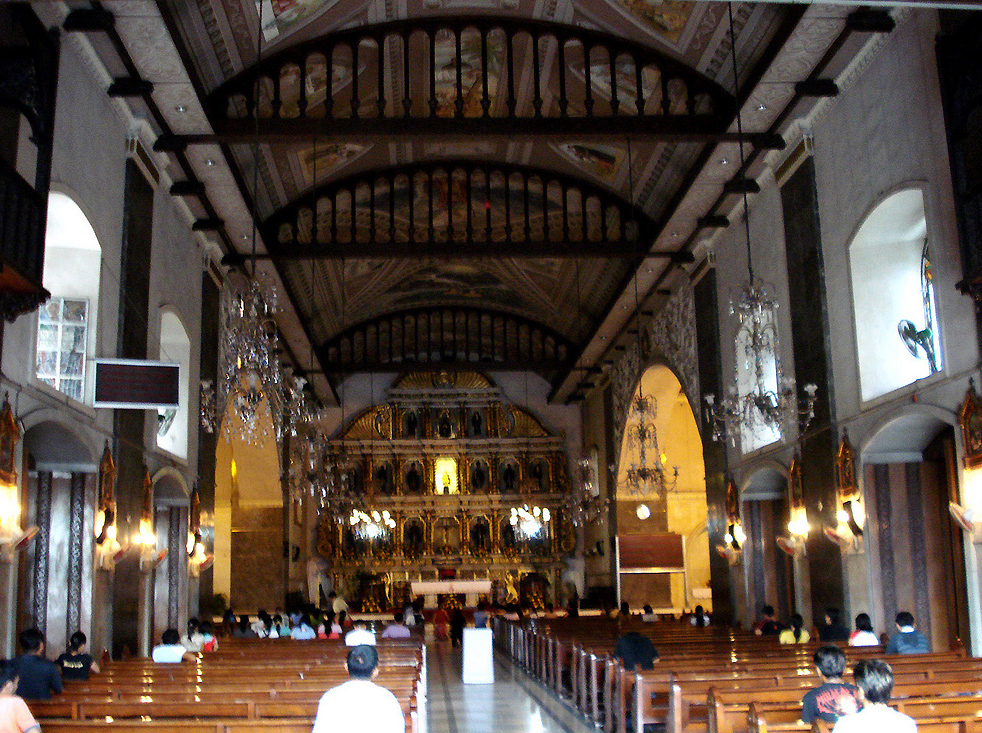Bagacay Point Lighthouse
(LILOAN)
Along its coastline, there is spot called Silot, where a whirlpool is created by the ebbs and flows of the waters from the bay. This phenomenon is called lilo in Cebuano. Because of this, the town was known as Liloan, meaning "a place where there is a lilo".
Long ago, as the legend goes, when Lilo-an was still a wilderness, a marriage of a couple was objected to by the parents. As such, they boarded a boat and fled to a far away place. Somewhere at sea, a storm overtook them. For safety, they entered a channel, now called "Suba," (a name of a place in Liloan) and proceeded into the interior. They took shelter at its bank and noticed the abundance of the fish in the vicinity. They decided to stay, and with the extra fish they caught, they sold or bartered the catch in the nearby villages. When asked where the fishes were caught, the answered, "Sa may liloan" (by the lilo). Asked where they live, they gave the same answer: "Sa may liloan." In time, the place was called, as we know the town now, "Liloan".
Sometime in the 1970s, a newspaper article stated that the "Pueblo de Lilo-an" was separated from the Municipality of Mandaue (now Mandaue City), and was created a new municipality in 1840. However, in the "BRAVE ENSENA de lo que fue y de lo que es la DIOCESIS DE CEBU En Las Islas Filipinas," published in 1866, it was mentioned that Lilo-an was created as a parish in 1845 (in 1995, Lilo-an celebrated its sesquicentennial - 150th anniversary.)
The creation of the municipality of Lilo-an could have been at the same time the parish was established, but not earlier than its being a parish. As recorded, the first priest of Lilo-an, Fr. Vicente Dolorech, served in 1845. The first mayor, then called "Kapitan" was Basilio Bantilan. His term was from 1845 - 1846.
During the war years (World War II), Lilo-an had three mayors at one time. The elected mayor was Catalino Noval. The Japanese Occupation Forces appointed another - Pascual Delgado. Not to be outdone, the Guerilla Forces also designated another - Jose Cañete.
Records show that the mayors with the longest length of service were Lazaro Ramas and Cesar Bugtai, each having served Liloan for 21 years. For priests, the longest was done by Fr. Vicente Rallos - 19 years (1931 - 1950).

